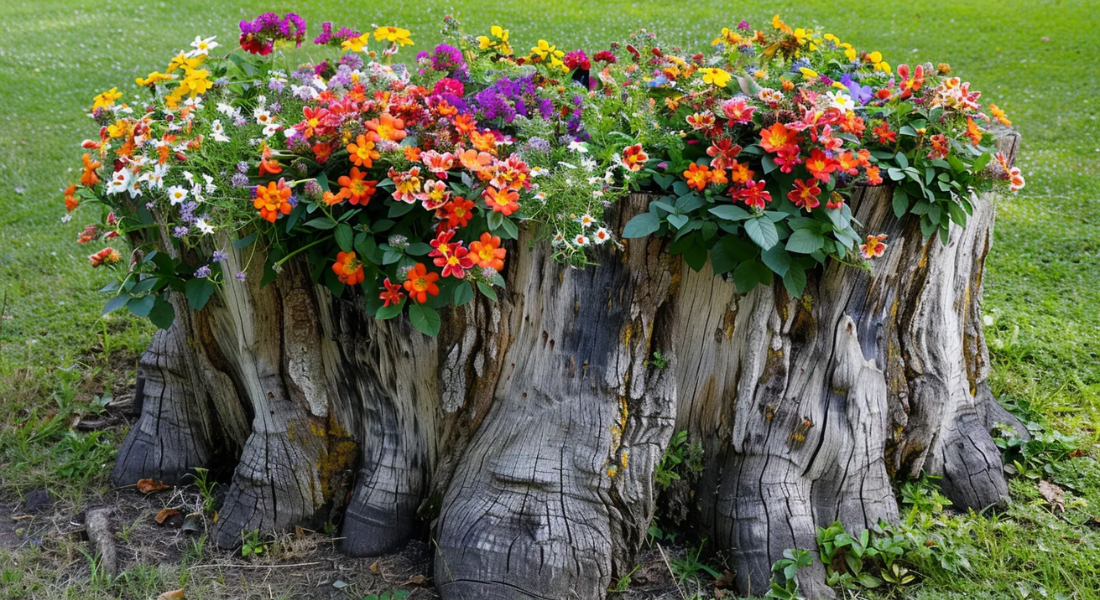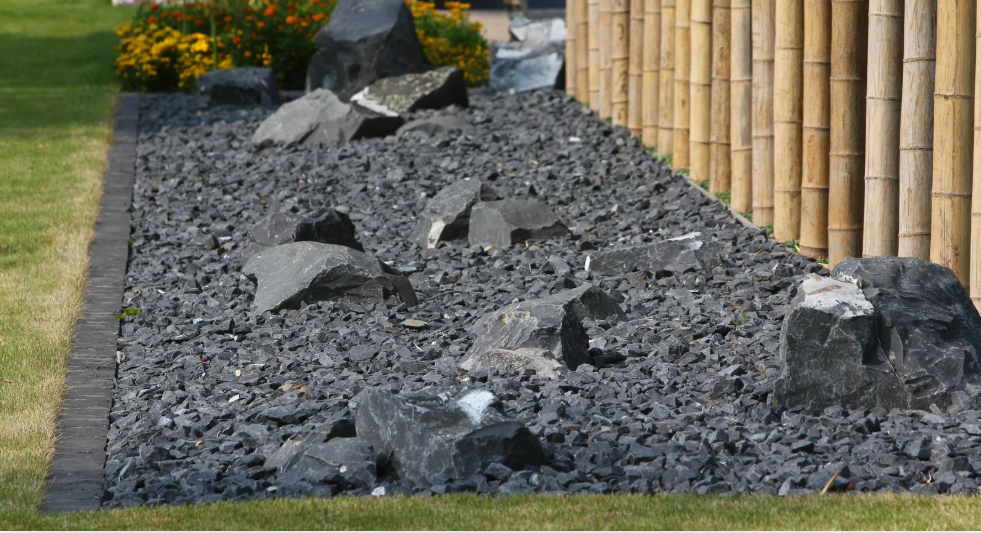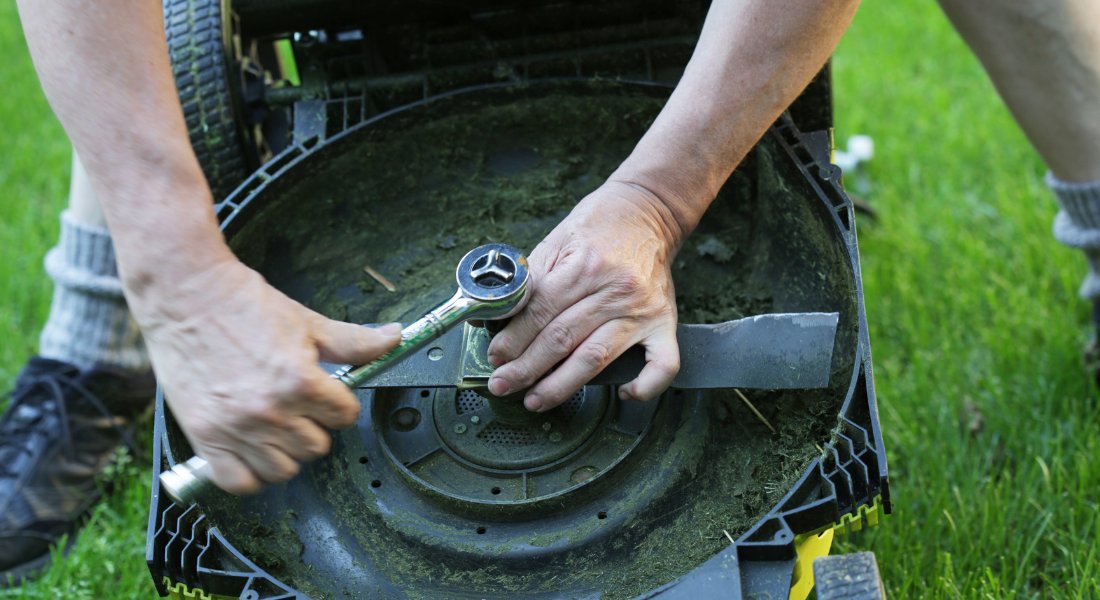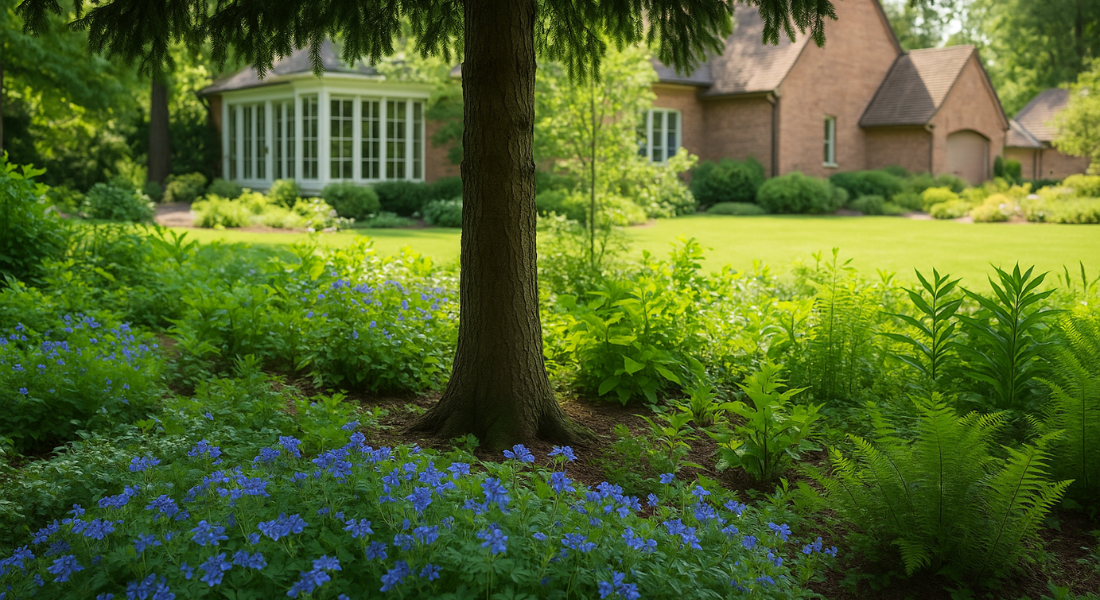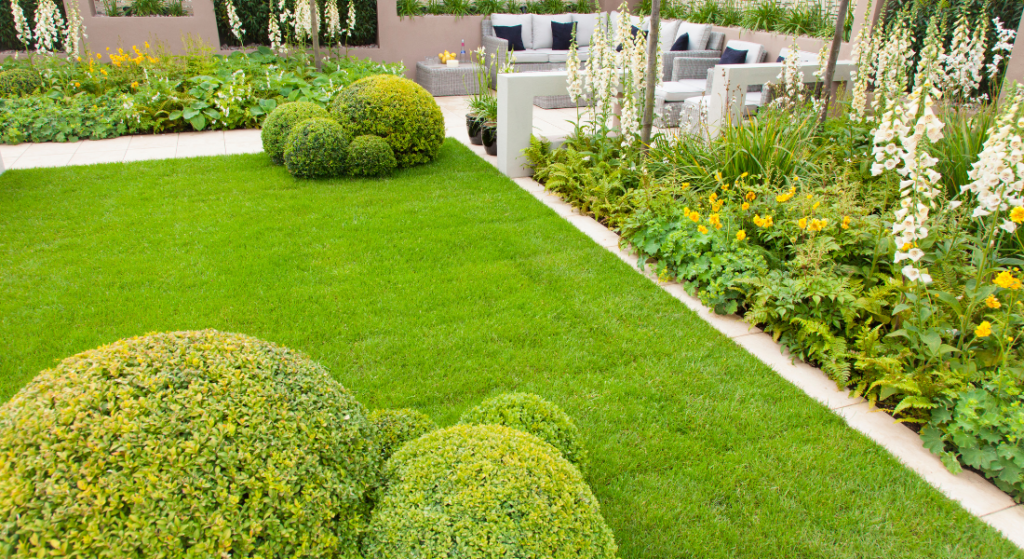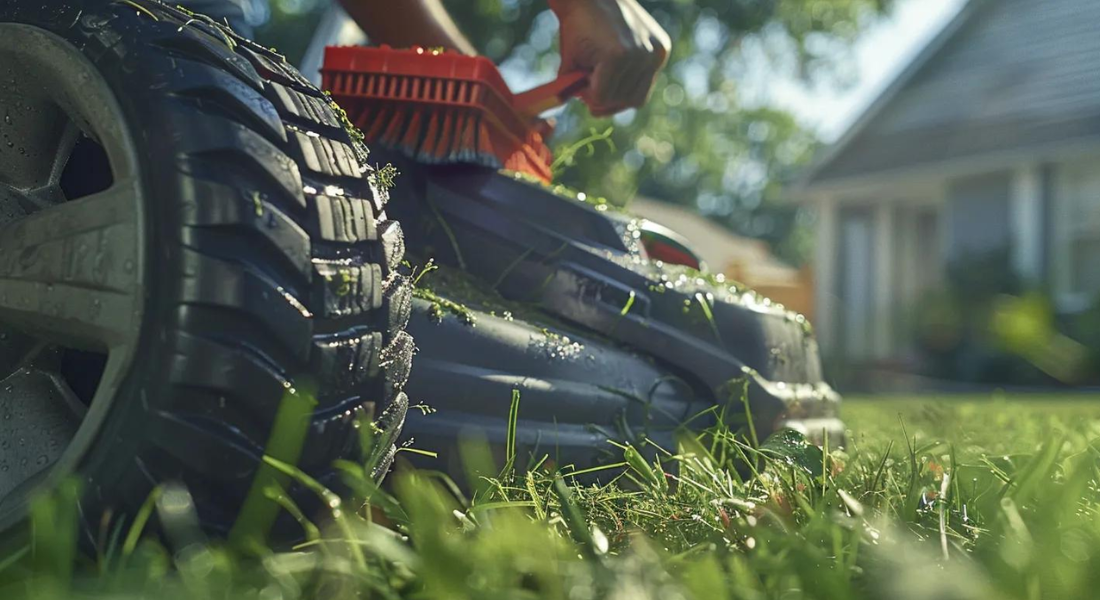The Ultimate Guide to Planting a Clover Lawn
More and more people are swapping out traditional grass for clover.
Why?
It’s low-maintenance, drought-resistant, and great for the environment.
But if you’re new to it, you might be wondering:
- Should I add topsoil?
- Do I need to tear up my whole lawn?
- How much prep work is actually needed?
The good news is you don’t have to go overboard. Here’s what we recommend to grow your clover lawn!
Why Choose a Clover Lawn?
Clover lawns offer several advantages over traditional grass:
- Low Maintenance – Requires less mowing, watering, and fertilization.
- Natural Fertilization – Fixes nitrogen from the air, enriching the soil.
- Drought-Resistant – Stays green even during dry spells.
- Weed Suppression – Outcompetes common weeds, reducing the need for herbicides.
- Pollinator-Friendly – Attracts bees and other beneficial insects.
Types of Clover for Lawns
Not all clover varieties are the same! Here are the best options for lawns:
- White Clover (Trifolium repens) – The most popular variety, thrives in various soil conditions.
- Microclover – A smaller variety of white clover that blends well with grass and produces fewer flowers.
- Strawberry Clover (Trifolium fragiferum) – Tolerates wetter soils and saline conditions.
Preparing Your Lawn for Clover
Do You Need to Till?
No! Tilling isn’t necessary and can even cause erosion if heavy rain follows.
Instead, try this:
- Mow low or rake aggressively to thin out existing grass and expose soil.
- Dethatch if needed to clear out dead grass and help seeds settle.
- Leave existing roots to prevent soil erosion.
Should You Add Topsoil?
Probably not! Most yards don’t need it unless the soil is extremely poor. If unsure, do a soil test.
When and How to Plant Clover
Best Planting Times
- Spring – After the last frost when soil temperatures reach 50°F (10°C).
- Fall – In mild climates, early fall allows clover to establish before winter.
How to Plant Clover Seeds
- Choose the Right Clover – Pick a variety suited to your climate and lawn goals.
- Measure Your Space – Use 1/4 to 1/2 pound of clover seed per 1,000 square feet.
- Sow the Seeds – Evenly broadcast over prepared soil.
- Ensure Good Soil Contact – Lightly rake the area.
- Water Consistently – Keep soil moist until germination (7-14 days).
Overseeding vs. Starting Fresh
Overseeding an Existing Lawn
- Mow the grass short to reduce competition.
- Aerate the lawn to improve seed-to-soil contact.
- Scatter clover seeds over the lawn.
- Water regularly until clover establishes.
Starting a Full Clover Lawn
- Loosen the soil lightly before seeding.
- Remove weeds to reduce competition.
- Follow standard planting steps (see above).
Watering and Growth Tips
- Water for the first week to help seeds sprout.
- Let rain do the work if a rainy period is expected.
- In dry climates, water consistently for 7-10 days.
- Expect some patchiness at first – reseed in the fall if needed.
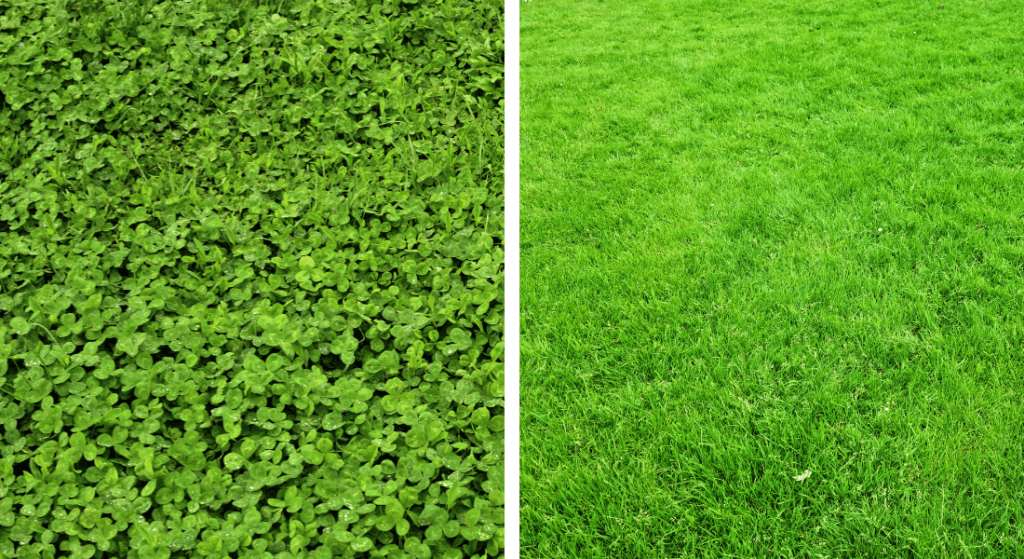
Maintaining a Clover Lawn
- Mowing – Every 4-6 weeks to maintain the desired height. (For a full guide on how to mow a wet lawn like professionals, check out our blog here)
- Watering – Minimal, but water during prolonged droughts.
- Fertilization – Not needed, as clover enriches the soil naturally.
- Reseeding – Some varieties may need reseeding every few years.
Common Concerns About Clover Lawns
Will Clover Take Over My Lawn?
It might! Clover spreads aggressively in sunny areas but struggles in deep shade. If you want a balanced lawn, mix it with shade-friendly grasses like creeping fescue.
Can Clover Grow in the Shade?
Clover thrives in sunlight but doesn’t do well in full shade. Mixing it with shade-tolerant ground covers can help.
Is a Clover Lawn Pet-Friendly?
Yes! Clover is non-toxic to pets and resists urine spots better than grass.
Will Clover Attract Bees?
Yes, clover flowers attract pollinators. If you want to reduce bee activity, opt for microclover, which produces fewer flowers.
Does Clover Improve Soil Health?
Absolutely! Clover fixes nitrogen, improves soil structure, prevents compaction, and reduces erosion.
Final Thoughts
A clover lawn is a fantastic, low-maintenance alternative to traditional grass. Whether you choose a full clover lawn or a mix of clover and grass, you’ll enjoy reduced watering, natural fertilization, and a more eco-friendly yard.
Ready to make the switch? Start planning your clover lawn today and enjoy a greener, easier-to-maintain landscape! 🌿
Expert Lawn Maintenance In Clarksville, TN
If you’re thinking about switching to a clover lawn—or just need help keeping your yard in top shape—we’re here to make it easy.
We handle mowing, trimming, and seasonal upkeep so you can enjoy a beautiful, low-maintenance yard without lifting a finger.
Serving Clarksville, TN, and surrounding areas, we know exactly how to care for your lawn, whether it’s traditional grass, clover, or a mix of both.
Give us a call today and let’s get your lawn looking its best!

